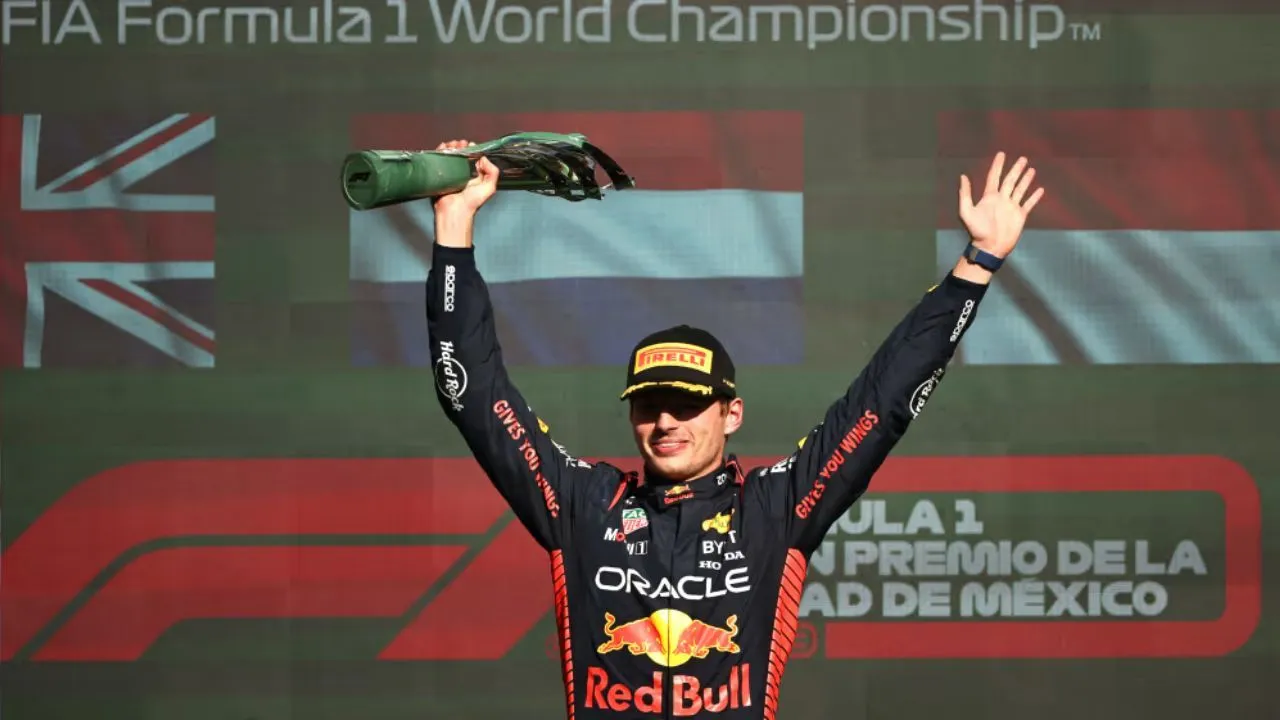Under clearer skies and slightly warmer temperatures compared to Friday’s practice, Verstappen led the pack at the start of the session. He began with a long stint using medium tires and set the initial benchmark time of 1 minute and 30.265 seconds. However, Hamilton, driving for Mercedes, soon surpassed him with a time of 1 minute and 30.065 seconds.
Throughout the first part of the session, Hamilton’s time remained unbeaten, while Magnussen and Ricciardo faced some challenges on the track. To compensate for the lost time from Friday’s wet session, teams focused on gathering data for longer stints, resulting in slower lap times.
As the session progressed, Red Bull and Ferrari joined Mercedes and McLaren in assessing tire durability, with some drivers using soft tires for higher fuel runs. Aston Martin stood out by using hard tires, and Alonso tested updated side pods. Meanwhile, Norris of McLaren focused on setup changes and attempted another flying lap on used tires.

In the final phase of the session, drivers returned to the track for a 15-minute burst of flying laps on soft tires, simulating qualifying conditions. Russell managed to surpass Hamilton’s leading time with a lap of 1 minute and 29.918 seconds, but Verstappen ultimately took the top spot with a lap of 1 minute and 29.563 seconds.
Perez secured the second position, followed by Hamilton and Alonso in fifth for Aston Martin. Norris finished sixth despite a challenging moment on the track, while Sainz led Ferrari in seventh place. Leclerc, however, could only manage tenth place, trailing behind Piastri and Tsunoda.
Also read: Max Verstappen: A Decade of Triumph from Suzuka Debut to F1 Dominance

